Let’s face it – there’s a lot of opinion in the 4X4 world. Everyone reckons their way is the right way. And if you do it differently? You’re doing it wrong. But some mistakes go beyond pub-talk and preference. Some are deadset repeat offenders – the kind of blunders that leave you bogged to the sills, bending spanners on a track, or calling your insurer with saltwater still dripping from your rear view mirror.
So here’s our take. Seven of the worst 4X4 mistakes you can make. How many are you guilty of?
Not Airing Down Enough (or At All)
If you only take one thing from this list, make it this: air pressure is king off-road.
Too many people roll onto the beach or into the bush with highway pressures still in their tyres, wondering why they’re bouncing around like a busted trampoline or bogging down every time they stop.
Airing down isn’t just a comfort thing, it transforms traction. Your tyre gets longer, softer, more flexible, and suddenly you’re floating over soft sand or crawling up rocky ruts like a mountain goat. And no, going from 36psi to 32psi isn’t it. That’s like loosening your belt one notch after Christmas lunch, technically less pressure, but you’re still stuffed.
There’s no one-size-fits-all number, but the rule is simple: don’t be afraid to experiment. Every vehicle, tyre, and terrain is different. On our rigs, 16-20psi is a starting point for beach work, lower if it’s really soft. Go slow, carry a good compressor, and trust your tyres.
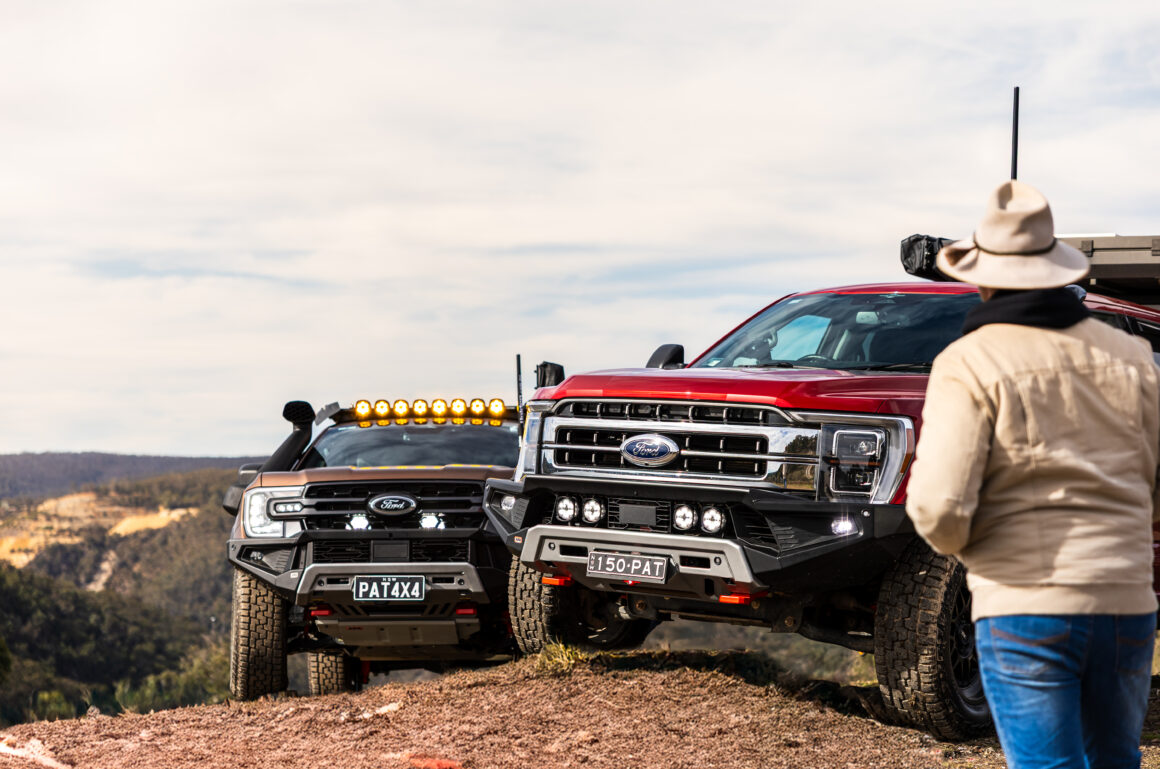
Carrying Way Too Much Weight
Modern 4X4s are heavy enough before you bolt on every gadget in the catalogue and fill every drawer with spares for the apocalypse.
Problem is, most people have no idea how much weight they’re actually carrying. Add a canopy, drawers, second spare, long-range tank, fridge, tools, dog, kids, and a rooftop tent, and suddenly your GVM is begging for mercy. And your insurance? Don’t count on them helping if you’re overweight and come unstuck.
If you haven’t weighed your rig lately – fully loaded – do it. You might be in for a shock.
Being Underprepared
The flip side to being overloaded is being under prepared.
You don’t need to carry the entire ARB catalogue, but going into the bush without the basics is asking for trouble. If you’re remote, you’re not getting rescued by a passing Uber.
We’re talking minimum kit: recovery gear, a proper first aid kit, a few spares, tools you know how to use, a headtorch, and enough food and water to stretch an extra day or two. Flat tyre? Bogged in a tide zone? Someone gets bitten or broken? That gear suddenly becomes life-or-death stuff.
Plan for the stuff that might go wrong, not just the fun bits.
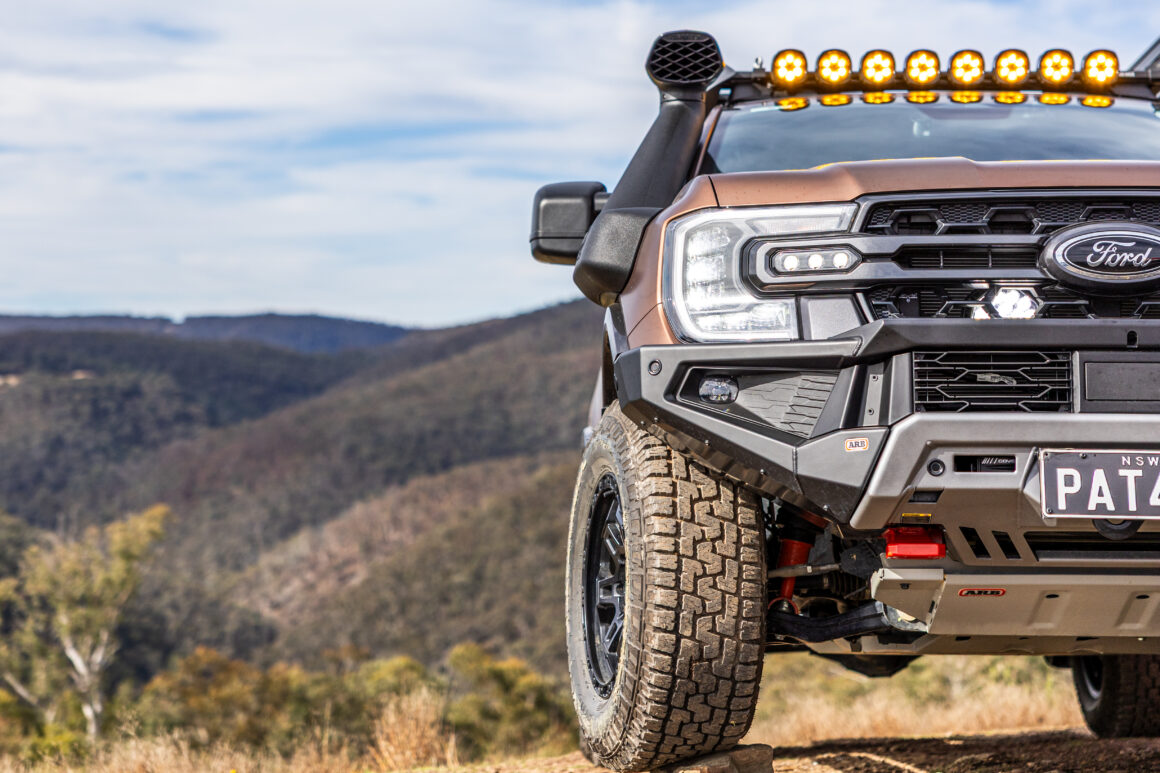
Driving Like a D%#khead
You’ve seen them. Hell, you might’ve been them once.
They’re the ones doing donuts on claypans, fanging it through the dunes, bogging their mate’s rig to the roof for laughs, or chewing up wet tracks because “it’s a challenge, bro.”
Here’s the truth: that kind of behaviour isn’t just selfish, it’s wrecking it for the rest of us. Access gets revoked, tracks get closed, and the whole 4X4 community gets tarred with the same brush because of a few peanut brains chasing a dopamine hit.
There’s nothing wrong with testing your rig, but do it responsibly. Find the right spot. Tread lightly. And don’t be “thatguy”.
The bush isn’t just our playground, it’s our responsibility.
Buying Cheap, Nasty Gear
We get it, 4X4 gear is expensive. But there’s a big difference between finding a bargain, and buying rubbish.
You don’t need to spend top dollar for quality, but if something seems too good to be true, it probably is. That $300 eBay winch? Yeah, that’s not going to save your bacon when you’re axle-deep on a flooded crossing.
There’s a rule of thumb that rarely fails: Buy once, cry once. Buy good gear from reputable brands, second-hand if you have to, and maintain it. It’ll outlast the cheap stuff every time – and probably save your trip one day.
Using Your Right Foot Instead of Your Brain
We’ve all done it. Gotten stuck and thought, “If I just give it more berries, I’ll pop out the other side.”
Sometimes it works. But most of the time, you’re just digging yourself a deeper hole – literally.
Momentum has its place, sure. But smart 4X4ing is about line choice, tyre pressure, gearing, and patience. Walk the track. Think about where your diffs and belly are going to land. Choose a gear before you commit.
A little thinking beats a lot of throttle. And it’ll save you a heap of breakages and bogs in the long run.
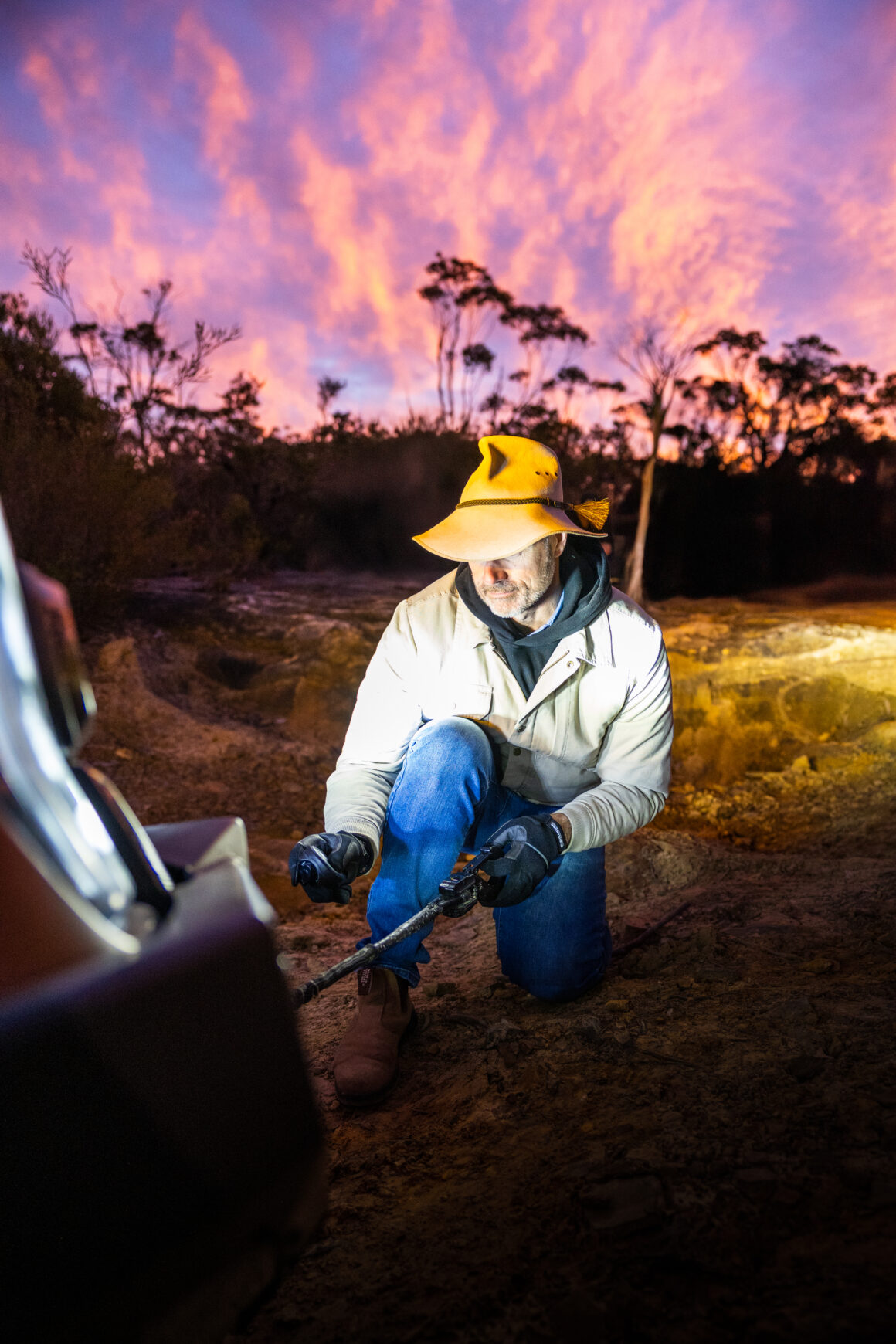
Never Doing a Proper 4X4 Course
This one always ruffles feathers, but hear us out.
If you’ve never done a proper 4X4 course, you’re missing out. Doesn’t matter if you’ve been driving since before diff locks were a thing, there’s always something new to learn.
Modern 4X4s especially need a different touch. Buttons instead of levers. Electronics that behave more like autopilot than gimmicks. A good course will teach you when to trust the tech, and when to tell it to bugger off.
Plus, it’s a safe way to push your limits with experienced eyes watching. Can’t hurt to learn how to winch without turning your bullbar into shrapnel either.
Wrap-Up: Learn, Adjust, Don’t Repeat
4X4ing is a game of learning curves. We’ve all stuffed up. We’ve all gotten bogged, overloaded, or taken a dumb line. But the best lessons often come from doing it wrong the first time.
So, what’s your worst 4X4 mistake? Let us know in the comments, or just tag a mate who’s still running 40psi on K’Gari You know who you are.



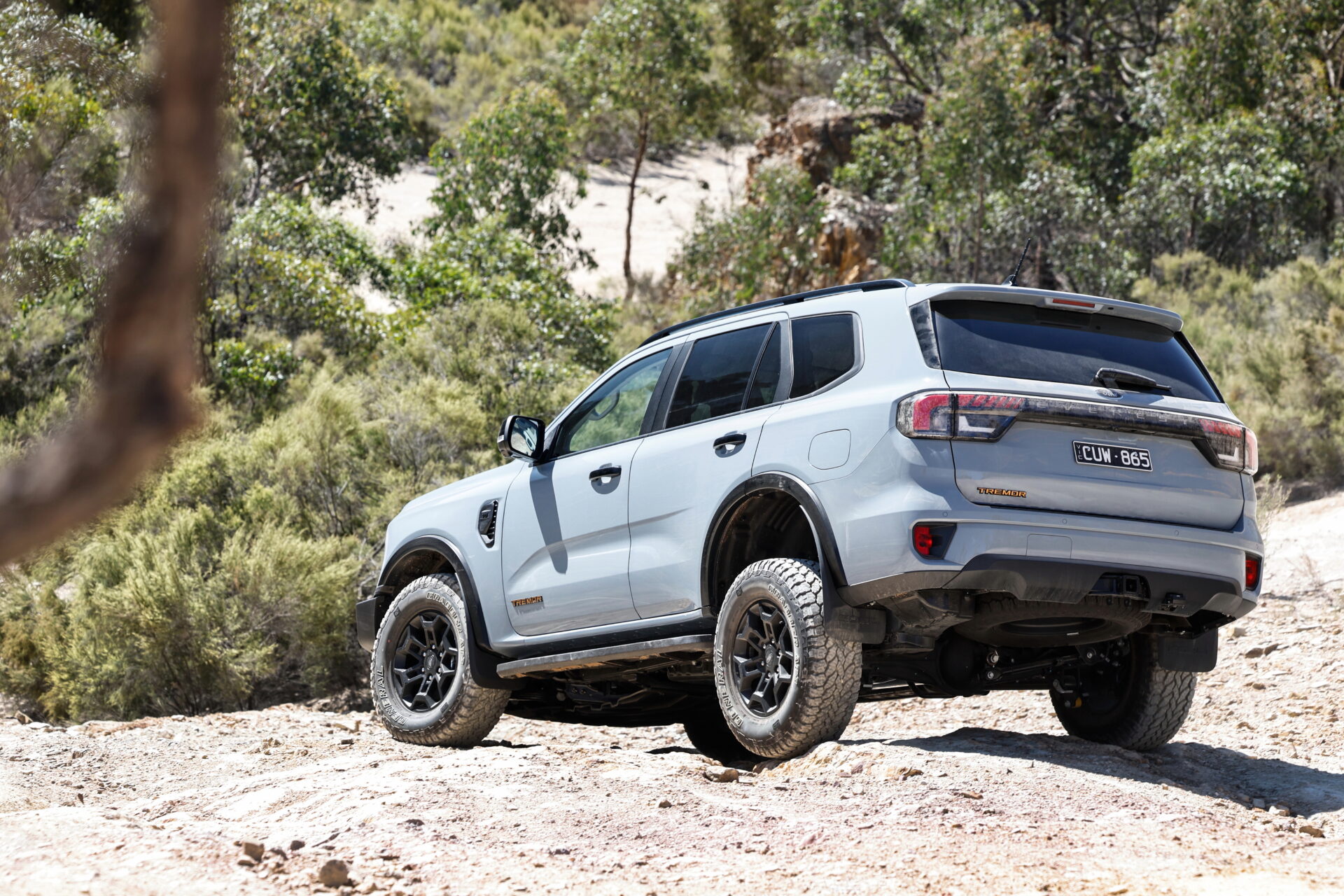
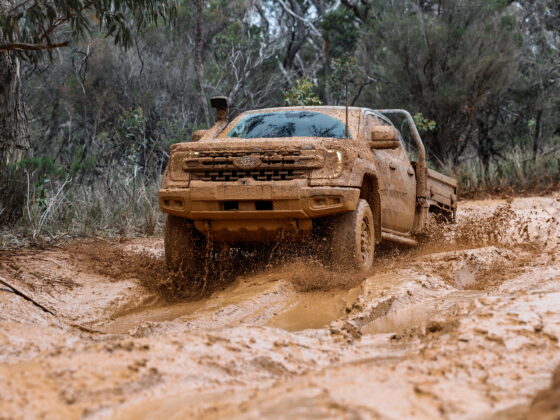
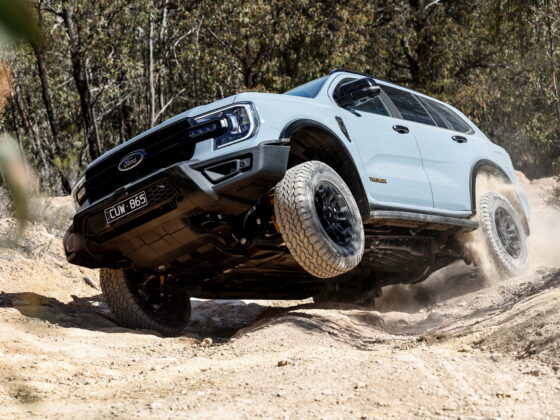





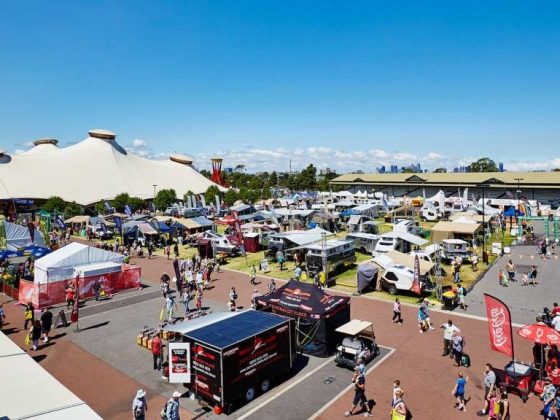
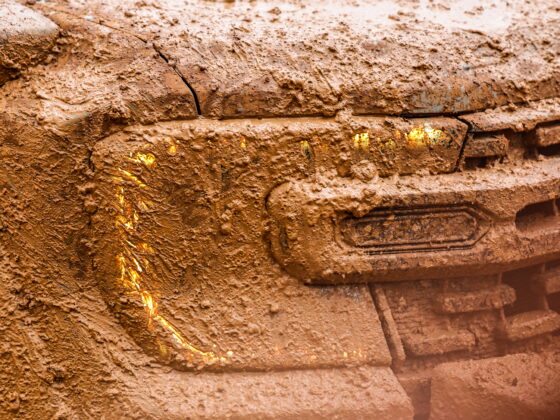
56 comments
Hi if you tell people to air down then make sure you tell them that their 4×4 now handles like bag of …… and speed needs to be greatly reduced in all driving conditions. A small change 5psi can greatly improve driving without making vehicle uncontrolable.
Biggest mistake of all? Not putting the vehicle in 4WD and then boasting about it, after carving up the track for others. Your vehicle behaves differently when all 4 wheels are driving: get used to it, every time you go off the bitumen.
I’m a firm believer in airing down, not only on tracks but rough gravel roads. I have not found that my 4wd handles poorly but quite the opposite and as far as speed goes if the conditions call for airing down then it’s not rocket science that the conditions call for slower speeds. I see way too many 4wd drivers on both tracks and rough roads going too fast destroying their 4wds and the track. One thing that should be mentioned when airing down is that hot tyres are roughly 5 psi higher than cold tyres (depending on the tyres). I have a policy, from years and a lot of kms of experience, that when I hit the gravel roads I air down to 20 psi with hot tyres which equates to 15 psi cold, drives like a dream and stops my 4wd from rattling to pieces.
Hi, I’m keen to do a course in Brisbane. Anyone recommend a good place to start.
Brisbane Hinterland 4WD training course is great. I did one in Jan and learnt a lot and gained confidence in myself and the vehicle
I agree that most modern 4X4’s are nothing but an electronic box of overweight crap. Designed to look good in a showroom but useless in the real world. I have driven only manual and lock in hubs as there is a very small chance of problems in engaging and disengaging. I have found this in borrowed vehicles where the electronic system regularly fails to work.
By having to manually change things it gives more time to have a good look at the terrain and assess your situation. Lazy vehicles get the only possible result. STRANDED in the bush.
Over my back boundary is a pine forest. There’s a track just over the fence with a couple of water crossings and a challenging hill that’s used by RFS trainers for stall/recovery training for people learning to drive the big RFS tankers. So, it’s a popular spot with 4WD drivers, especially at the weekend. Most of the time it’s just a bit of noise as vehicles drive past. But it’s been wet lately and the d***heads and the unprepared are out and about, especially as we’re only 10ks from a major regional city. Last weekend a young guy thought he’d be smart and avoid a crossing and dropped the front end of the ute into a ditch. He was eventually pulled out by his Dad but Dad had to go and get a small excavator to do the job. At least the kid had a phone. On Thursday, a bloke was ‘Just trying out the wife’s new 4WD’, a big ‘Cruiser S/wagon, and while trying to avoid a wet hole drove off the track and got bogged to the axles. I heard the engine revving and went to see if I could help. He wasn’t a d***head (sort of) but boy he was unprepared. He didn’t even had a phone. My shovel, air gauge (for dropping pressures), two snatch straps, another guys big ‘Cruiser ute (after a phone call to my mate who called the Cruiser owner) and over two hours of stuffing around he was on the way home to give the good news to the missus – “I’m out of the hole, dear”.
Does anyone know of a good training course in Vic
On your site I went from the “Rough Stuff” movie trailer, which seems to be a movie about being a D’head (give it a miss I think) to this “4WD Mistakes #4: Being a D$%KHEAD”
Just saying.
Hi,
in regards to the course training, I am vert keen to do one in Adelaide
Can anyone recommend one please
Conrad
I’ll give you another piece of 4wd etiquette, if you go somewhere and you run into trouble don’t presume the local farmer will want to help you out. We had our tractor stolen while the bosses wife was in hospital with a tumour, they broke down the fence and after retrieving their vehicle loaded it onto a truck the next morning. One group of idiots that got stuck regularly on Saturday mornings were helped several times and after being told to get themselves out and that to never ask for help again shot one of our steers at the front paddock. My friends always say that I go with everything but the kitchen sink, but as a person from the bush and having state forests bordering our property’s I understand why farmers hate weekend wankers!!
Just finished the Gibb and the D@ckhead factor was true to the letter. Slow down and you might see alot more
We found the worse offenders were some overseas tourists in hired 4wds with absolutely NO REGARD for speed.
Hi Conrad, try these guys http://adventure4wd.com.au/
Did a two day intro with David 15 years ago, was worth every dollar
If you are unable to find a 4WD training service in your area, have a look at Getabout Training Services. they operate in all states http://getabout.edu.au and train for commercial and recreational customers.
Many 4WD clubs will also provide 4WD training to the National Standard SISODRV302A
Hi can anyone recommen a good course in Perth? Thanks Ian
4wd Victoria does great courses from proficiency to advanced. Even cheaper if you do the course thru a club.
What if you are pulling a van do you air down the van as well and to what psi. Jayco outback duel wheel 18 ft
My pet hate is ppl who don’t own recovery gear but go bush , don’t get me wrong I will never leave a man stranded ,but if you knew how many recoveries I’ve done for ppl with no gear it’s shocking and to be honest wears my gear out quicker.
Join a responsible 4wd club in your city or state, these can be found in the national 4wd associations info pages. Most clubs run education programs and run them for free. Not only that, new members will have access to, experienced qualified drivers of all ages and interests, wonderful bush trips and the fun of making new and long lasting friendships. I was reluctant to join a club when I bought my first 4×4, but the free driver training appealed to me. That was 25 years ago, that training and those friendships are still current and opened up a whole new adventurous lifestyle for myself and my wife. We are in our late 70s and still enjoy the wonders of the bush, desersts and outback of this amazing country.
Like Brian above it would be good to have an article about airing down tyres for both camper vans and for caravans, both single and dual axles. I now work on the principle of taking about 1/3 off the pressures in the tow vehicle and the caravan (dual axle) for gravel roads with the expectation that the same factors work for both. However I’ve never seen an article addressing this.
Like Brian above I would like to see an article addressing tyre pressures for camper vans and caravans, both single and dual axles. Currently air down about 1/3 of pressure for gravel roads, including for a dual axle, all-terrain caravan.
Um, i know it is common sense but how about reminding people to pump up their tyres when they hit the black stuff.
I often keep my tyres at a higher pressure on rough tracks as it lessens the chance of the tyre being staked by a branch.
A big tick for manual hubs.
the new Prado gx has a pay load of 760kgs. Now obviously they are talking about the Prado glx, I wish they would put this in there articles, the Prado gx is an awesome vehicle . A through all rounder. Ok ok it’s not a rally car . It’s not a rock climber. It’s not huge in side , it’s not very quiet , it’s not light on the juice. But it is great in the sand , very cumfy on and off the road especially over the woop Di doos that is fully loaded (700kgs)+ at 90 kph . Plenty of room for people. And with all this weight and lt tyres 265x75x17, and a roof rack fully loaded we were getting 1100ks from a 130 litre tanks. Great on the corrugations, and great over long drives, everything in the engine bay is very accessible . We just did 20000 kms in ten weeks and didn’t miss a beat.
Prospect in the midwest, drive cross country all the time, mulga country, quartz, sticks, run my tyres at 40 to 45 psi, tried lower pressures, load of rubbish, punture after punture, most people up here run at high pressure
Why do people still insist in pulling a trailer across the Simpson. It plays havoc on the track when they can’t get up and over , possibly holding up others while trying to back down . And whe they eventually get over in most cases they won’t get out to fill in the holes they just dug.
Besides that it plays havoc on you car and trailer having a one tonne anchor bouncing around behind your vehicle.
I love my swag!
If interested, as an experienced and accredited trainer, I run 4WD and SUV training course out of Sydney. Pm if interested. I can also refer a few interstate trainers too.
You’re right about Tyre pressures & people being d heads. We just Did the simpson & saw heaps of people trying to go faster & faster up the dunes and still getting stuck. We cruised up big red at 10psi almost at a crawl after waiting for another group continuously trying to to fly up with high pressures. It’s amazing how much more comfortable it is when you lower the Pressures Too.
one of my worst hates is the DHs who leave there rubbish behind we take green garbage bags with us and pick up there rubbish when we can and take to next town or garbage bin ,we have done it for years and i think they are getting worse.
David, what tyres are you using? tyres like Coopers, Mickey Tompsons and BF Goodrich down to 25-28 psi and you will be amazed at their endurance
Mark. If you join the Land Rover Owners Club of Victoria (LROCV) they provide a subsidised course.
You will probably find that the course fee plus membership fee will be around the same cost as doing a course at normal price.
You then have the advantage of being member of a great club, where you can go on trips with other members and gain valuable experience.
And you do not need a Landrover to Join. There are many member who own other brands and all are very welcome.
Get an OKA
We lived in the Pilbara for years. My wife and I saw a hell of a lot of the NW in a brand new Grand Vitara running highway terrain tyres. We went all through Marble Bar, Karajini, various gorges, extremely rocky terrain and tracks with sharp rocks and not one puncture. We carried a powerful air compressor and aired accordingly for the terrain – we got 42000km out of those tyres. Bit of common sense and driving to the conditions with the right air pressures will see you get there every time. Cheers
Melbourne 4×4 Training and Proving Ground
1 day and you do the basic ,intermediate and advanced course. Have done 2 other courses through 2 other organisations and they didnt cover half as much as what these guys did at melb 4×4. Great venue and staff.. Fully catered for just take your 4wd..
The RAC Dtec do a good recreational 4×4 course in Perth.
Ian from Perth,
I recommend Eureka 4WD Training in Armadale. They do a variety of day and weekend courses. They seem to know your vehicle well and give great advice.
Pulled a trailer both ways Simpson , 4times Canning tyres at 18 psi on trailer as well know your vehicle.Been through most of central Australia. Put good tyres on both vehicles keep your speed down ,you will rarely get a puncture, or a breakage. Please don’t blame backpacker for things that a 35/ 55 ole mate takes great delight in showing their stupidity.
Hans. re the simmo and trailers, i towed a 1300kg off road trailer across the simmo west to east with a 4.2 natraily aspirated diesel patrol. never got stuck had no more wheel spin than anyone else with the correct tyre pressure we ran 16 on the patrol and 12 on the trailer it was not drama at all the problem we had was a bloke in front of us the point blank refused to let his tyres down running 45 psi in a ute with a slide on camper he was getting stuck on every dune and some one had to rescue him each time. i have a hitch receiver on the back of my camper and i even snatched him up on one dune with the trailer on.. after about 20 dunes of putting up with this we just left him stuck and went around him never to be seen again . my point is that a trailer is no issue if you air down correctly and drive correctly.I have towed my camper through many of the dig dune deserts and have never had a issue . 😀 😀
Airing down in the right environment works well. But remember one thing if you end up on corrogated roads to bring your air pressure back up. The rubber flexing causes higher tire temps. I know someone who left the pressurepressure low to get a better ride and the tires blew from the heat. Slow down on corrugated roads. Pressure up!
TlCC NSW or QLD do quality certified courses. I have a troopy and the course was great…ps the troopy was by far the moat capable when driven properly..
Some good advice there. Unfortunately mistake number 4 is seen all too often.
There are two kinds of corugation, first type is caused though speed or use on a Formed Road, the other is corugations on unformed road, these are the worst as most times the rock — laterite is no more than 4/5 ins below the surface. When a vehicle hits corrogations it is not uncommon for the vibrations to travel 5 metres Down, hit at speed and you will do damage. It is not uncommon for me with tyres down to have a top speed of 20 Klms hour much to the disgust of those following (group). Some times 100 Klms per day is to much.
Just came back from a trip down the Strzelecki, up the Oodnandatta, over to Coober and the Rock to Alice the down to Mt Dare over to Birdsville. Tyres down, up, down and down, depending on terrain. 6500 ks and no puncture or problems. Was quite ashamed to see the doughnuts left on most of the salt lakes, and the tracks where some drivers thought was good to drive thru wet areas some 20 metres off the track. Also, why would someone, in a party of 3, travel over the desert on a different channel to everyone else? We were heading East and letting others know where we were all the time, then crested this one dune to see another truck about to run up my dune. After I pulled up, he pulled over to where he thought was enough room for me to pass. I got out to evaluate my options and crept passed, but the sand under the right back wheel gave way and my back side hinge caught his. No worries really but snapped my hinge. When I told him they would be the only travellers in the whole desert on a different channel, he didn’t seem to take much notice. 10 seconds later at that dune and it would have been a different story.
I have been to the Big Red Bash and it appalled me at the number of D***heads who travel at high speeds on the dirt roads when towing a trailer, they do not even slow down or make any effort to minimize the amount of stones and dust they throw at other road users.
I’m with Hans. When crossing the Simpson, leave the trailer behind.
Just finished 9500km trip through the centre an down the Oodnadatta track people burn bury or take your toilet paper an Sh t with you absolutely disgusted in bush camps and rest stops why really why do it
Airing down can get complicated when your 4×4 has 19 inch rims & towing a camper. Maybe you could do a test of several different 4x4s in this regard.
Drive like A turtle
4WD Training – in virtually every State and Territory the 4WD Association runs nationally recognized training courses or they are affiliated with a Registered Training Organisation that does. Joining a 4WD club is also a great way to get free training from experienced club members. Visit the 4WD Australia website to link to each State’s association. http://www.4wda.org.au
For those interested and enquiring about 4WD training, another cost effective way is to join a recognised club. You’ll meet some great like minded people and they all/most run accredited training courses.
HI Jenco, If your 19″ rims are fitted with low profile tyres (like alot of modern 4WD are sold with) then airing down poses a problem … That set up is more for on-road. I would not recommend putting them in any serious terrain. Having a good strong tyre with 60-70 series side walls is “key” here. To do that you may need another set of wheels that are 15-17″ (depending on your vehicle of course) Or ideally run the same wheels&Tyres as the camper. (adds options with spares) That way you can air down and avoid rim damage etc… that comes with big wheels and low profile tyres. Carry a 12 vlt compressor etc and your set!
Of course if you meant that you have 19″ rims and “big arse tyres” like a rock crawler, then just get a bigger high volume compressor to speed up the process 😉 and ignor what I just said. Cheers…
Looking to do a 4WD course and gain some more experience and confidence?
Then check put 4WD Adventures & Training Australia, they will show you how its done
“Going too hard” this one is a biggie. Not even the most seasoned 4WD veteran can ignore the hidden pitfalls of the outback.
Great post. There are a lot of people who don’t care about the reputation of 4WDer’s as a whole, and act like total muppets. Something needs to change!
For those wanting to do causes, may I suggest you look up your local Land Cruiser Clubs. Most will have courses and even if you have to become a member to do them, the cost of the membership and the course will still be cheaper than doing one off courses. You also get to meet like minded people who enjoy getting out there
Airing down on sand? Of course. But on a rough track such as the Anne Beadell Highway which we completed last month, no way – maintain normal pressure as the one tjing you don’t want to do is damage your sidewalls as the tyre is then either not repairable or it is dangerous to use at any decent speed. Airing down on rocky tracks means that more of your tyre’s sidewall is exposed to rocks and sharp sticks.